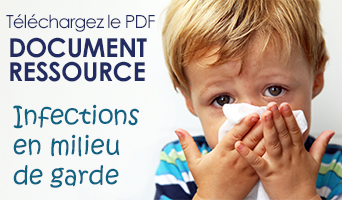We all need some sun exposure; it's our primary source of vitamin D, which helps us absorb calcium for stronger, healthier bones. But it doesn't take much time in the sun for most people to get the vitamin D they need, and repeated unprotected exposure to the sun's ultraviolet rays can cause skin damage, eye damage, immune system suppression, and skin cancer. Even people in their twenties can develop skin cancer.
Most kids rack up between 50% and 80% of their lifetime sun exposure before age 18, so it's important that parents teach their children how to enjoy fun in the sun safely. With the right precautions, you can greatly reduce your child's chance of developing skin cancer, and kids can safely play in the sun.
Seek shade when the sun is at its highest overhead and therefore strongest (usually 10 a.m. until 4 p.m.). If kids must be in the sun between these hours, be sure to apply and reapply protective sunscreen — even if they're just playing in the backyard. Most sun damage occurs as a result of incidental exposure during day-to-day activities, not at the beach. Wear a hat!
Even on cloudy, cool, or overcast days, UV rays travel through the clouds and reflect off sand, water, and even concrete. Clouds and pollution don't filter out UV rays, and they can give a false sense of protection. This "invisible sun" can cause unexpected sunburn and skin damage.
Often, kids are unaware that they're developing sunburn on cooler or windy days because the temperature or breeze keeps skin fee. Lots of good sunscreens are available for kids, including formulations for sensitive skin, brands with fun scents like watermelon, long-lasting waterproof and sweat-proof versions, and easy-application varieties in spray bottles.
We apply sunscreen whenever kids will be in the sun. We apply sunscreen about 15 to 30 minutes before kids go outside so that a good layer of protection can form. We don't forget about lips, hands, ears, feet, shoulders, and behind the neck. We lift up bathing suit straps and apply sunscreen underneath them (in case the straps shift as a child moves). We don't try to stretch out a bottle of sunscreen and we apply it generously. We reapply sunscreen often, approximately every 2 hours, as recommended by the American Academy of Dermatology when we are in outgoing activities. We apply a waterproof sunscreen if kids will be around water or swimming. Water reflects and intensifies the sun's rays, so kids need protection that lasts and we know that! We have already start this routine since April and we continue the end of September.










